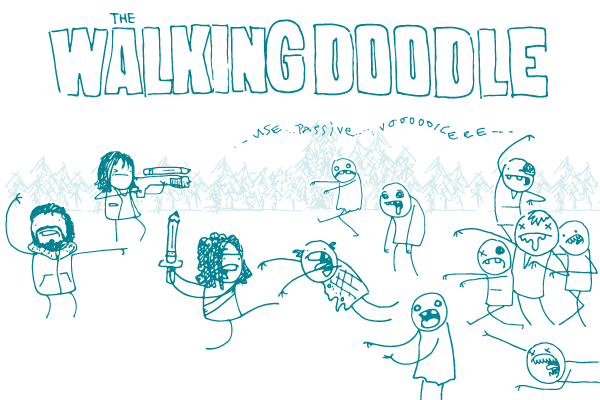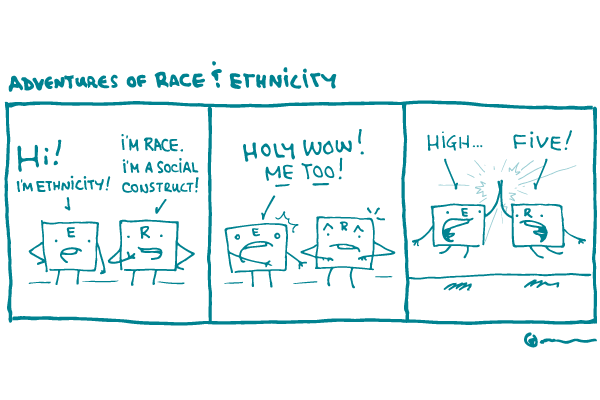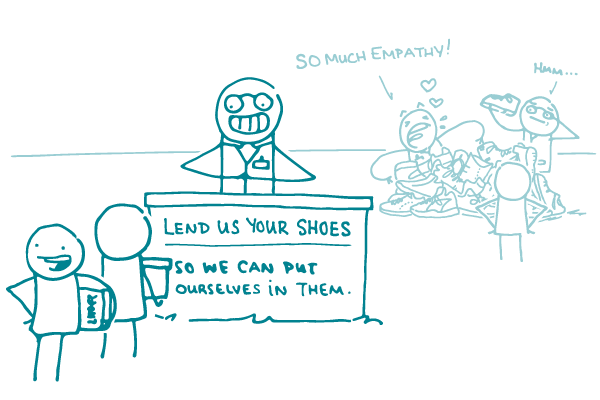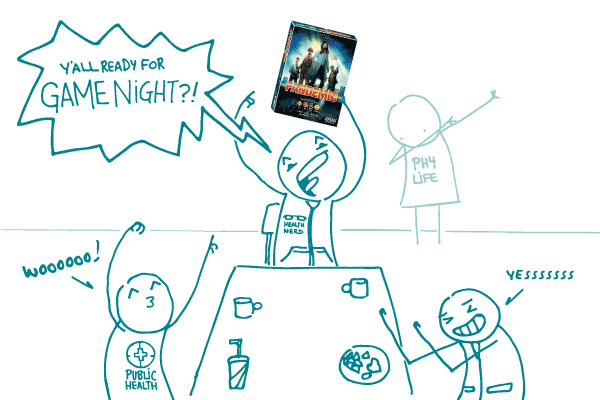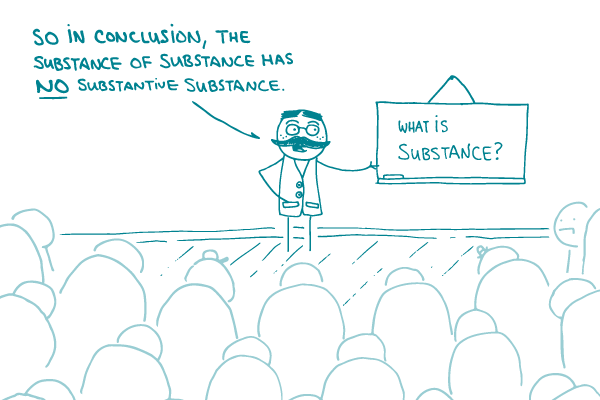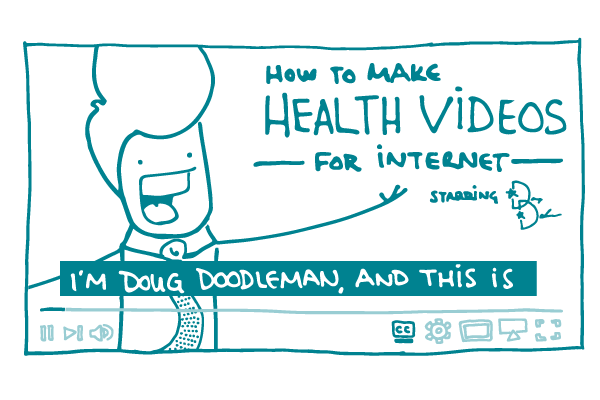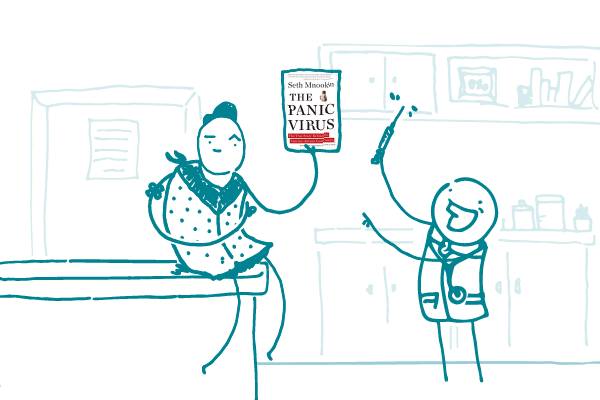
Today, dear readers, we want to clue you in to a must-read book about vaccines, health communication, and controversy: The Panic Virus by Seth Mnookin. This non-fiction page-turner delves into the longstanding myth that vaccines cause autism — and the discredited study that started the whole mess.
Even though the study was fundamentally flawed and biased, its claims were widely reported in the media — and citizen action groups rallied behind it in a well-intentioned attempt to understand the causes of autism. In the years that followed, countless other studies showed no link between vaccines and autism — but rebuilding public trust can take a long time.
At its core, Mnookin’s book asks a larger question: When we’re looking for health information, who do we trust to give us the truth? In the age of Google searches and Facebook newsfeeds, parents making vaccination decisions have more sources of information than ever before — and not all of them are trustworthy.
With all the mis- and disinformation out there, communicating clearly about vaccines can be a challenge. The Panic Virus offers helpful context and poses thought-provoking questions that can push health communicators to do our very best with this critical topic.
We ❤️ it — and we bet you will, too.
The bottom line: Check out The Panic Virus for a case study in how vaccine myths can start — and some food for thought about how we can combat them.
Tweet about it: We ❤️ @sethmnookin’s The Panic Virus for a deep dive into one of the most persistent #vaccine myths: https://bit.ly/3fOaLCp #HealthLit

